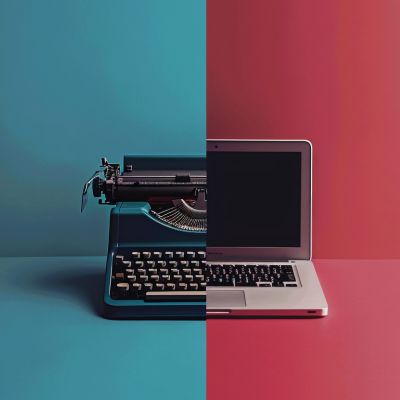Remember Tay? Microsoft’s 2016 AI chatbot that the internet turned into a wildly offensive, racist mess in just 16 hours? It was a spectacular, public failure that proved one thing: Garbage In, Garbage Out. Today, the garbage isn’t just on Twitter. It’s the highly sensitive, proprietary data your own employees are accidentally leaking into the public domain.
Good luck going about your day without hearing how AI is changing the workplace as we know it; let alone running a business without considering its useful applications. While you might feel pressured to adopt AI, we want to urge you to think before you act. Doing so could prevent you from investing money into a solution that doesn’t help your business in the slightest. To find out if AI is an appropriate next step for your business, consider these steps:
Open your Profit & Loss statement. I’m willing to bet that the IT line is sitting squarely in the expense column, right next to rent, electricity, and paper towels. For many business owners, IT is seen as a necessary evil; a cost center, a black hole they just have to throw money into. When you see a technology bill, you get that double-take and cringe. Your primary goal is to minimize this cost; often to the point of avoidance.
It doesn’t matter how big or small your business is or which industry you fall into; communication is always going to be a major pain point that influences your technology investments. Thankfully, there’s a simple solution called Voice over Internet Protocol, or VoIP, that is a strategic and sound upgrade from your traditional telephone solution, and it’s one that can transform your communication infrastructure for the better. Here are three reasons why you should consider a VoIP phone system today.
Your business has a specific goal in mind, whether that’s providing customers with a product or providing them with a service. On the back end of that goal is a lot of administrative work, the stuff that happens behind the scenes to facilitate that goal. Artificial intelligence is a tool that can help your business be more efficient and effective with this behind-the-scenes work, and we’ll show you how.
Whatever type of business you operate, you likely do so with the intention of assisting your clients, customers, or patrons with a specific goal. It isn’t as though you started a business because you wanted to do all the administrative work… right? Fortunately, modern technology offers a way out, especially now that artificial intelligence is readily available. Let’s go over three ways that AI could help do the busy work on your behalf, and touch on just how much it could wind up saving you.
Your network powers your business, so it makes sense that you would want to treat your networking hardware with the respect it deserves. Today, we want to explore some of the common networking solutions out there and how easy it can be to neglect them after the initial setup. Furthermore, we want to emphasize the importance of treating your networking as a priority; remember, your business runs on its network, and if it’s not performing well, all other areas of your business will suffer.
What if we told you that not all VPNs were created equal? What if we said that some are meant to be used by consumers, while others are meant to be used for businesses that need to keep data secure while out of the office? Today, we want to clear up some misconceptions about what virtual private networks do, how they work, and what they actually protect you from—as well as how you can get started with a business-grade VPN today.
Email is necessary for your business to function, but it’s far from a perfect solution. In fact, you might experience all kinds of issues with it that can eat into your company’s productivity and put it at risk in more ways than one. We’re going to demystify two of the major problems that businesses experience with email so you can hopefully get your business back on track.
Business telephone systems are an interesting topic to consider these days. On one hand, you have the Internet, a sophisticated communication infrastructure that connects you with countless opportunities, but on the other, you have email and phone systems, which are direct lines to your business. At the end of the day, your customers will connect with you by phone—and as you might have guessed, how your business handles telephone calls matters.










